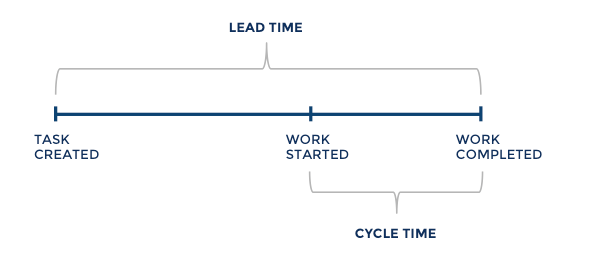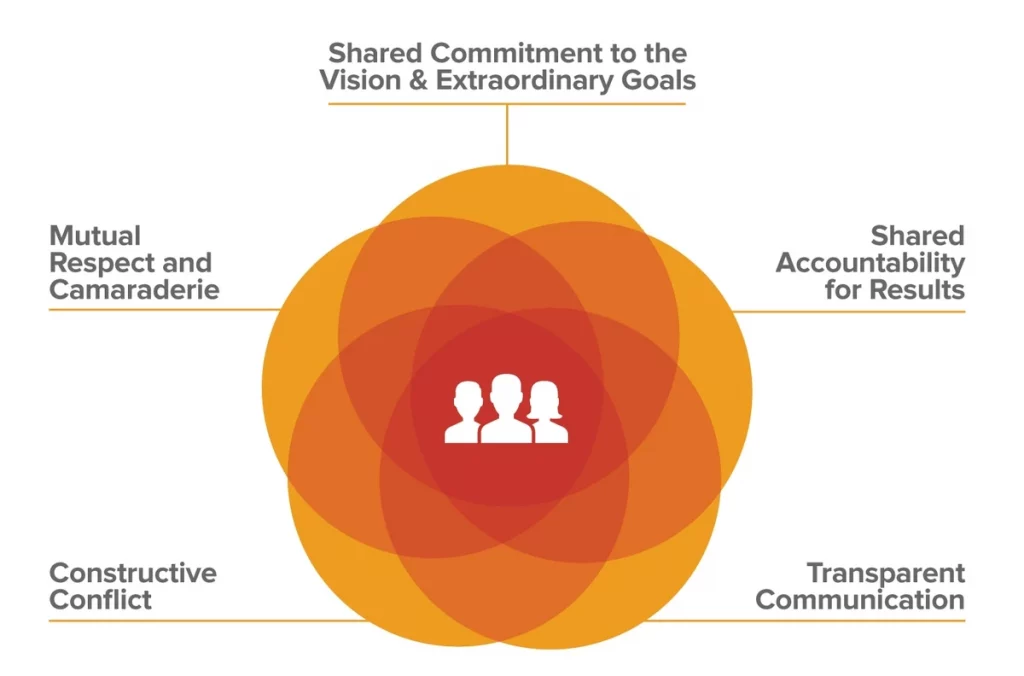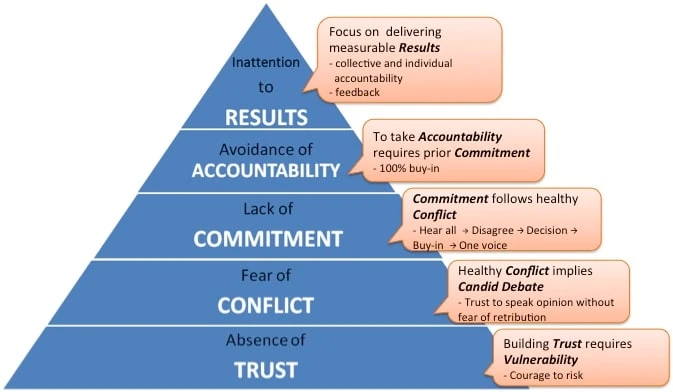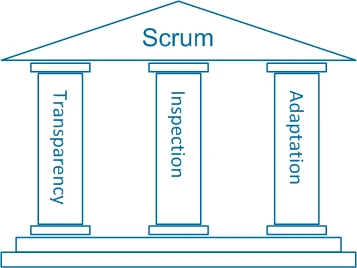Agile is a widely adopted methodology for software development that prioritizes collaboration, adaptability, and continuous improvement. These principles are the foundation of Agile’s success, enabling teams to work together effectively and deliver high-quality results in a fast-paced environment. However, in order for these principles to work at their best, team members must have a deep understanding of one another. This is where empathy comes into play. By incorporating empathy into their communication style, Agile teams can foster a more positive and collaborative work environment, ultimately leading to improved outcomes and success.
What is Empathy?
Empathy is the ability to understand and share the feelings of others. It goes beyond sympathy, which is simply feeling sorry for someone. Empathy allows us to put ourselves in another person’s shoes and see things from their perspective. This understanding allows us to communicate more effectively and resolve conflicts in a constructive manner.
The Importance of Empathy in Agile Teams
Agile teams rely on open and honest communication to succeed. Teams must be able to share their thoughts, ideas, and concerns freely in order to make informed decisions and find solutions to problems. However, this level of collaboration can only be achieved if team members understand each other and are able to communicate in a way that is both respectful and effective.
Empathy plays a crucial role in promoting this kind of communication. When team members understand each other’s perspectives and feelings, they are better able to work together to resolve conflicts and find solutions that work for everyone. Empathy helps to build trust, foster collaboration, and create a positive work environment where everyone feels valued and heard.
The Impact of Empathy on Team Dynamics
Empathy has a significant impact on team dynamics. Teams that lack empathy tend to be more siloed and less collaborative. Members may have difficulty communicating and understanding each other, leading to disagreements and conflicts that can slow down the project and negatively impact productivity.
On the other hand, teams with high levels of empathy tend to be more cohesive and work together more effectively. Members are able to understand each other’s perspectives and work towards common goals, resulting in a more productive and harmonious work environment. Empathy helps to build trust and promote cooperation, which is essential for success in Agile teams.

Empathy in Conflict Resolution
Conflict is an inevitable part of any team dynamic. However, it can be particularly challenging in Agile teams, where members are working together closely and must make decisions quickly. Empathy is a valuable tool in resolving conflicts in an Agile environment. When team members understand each other’s perspectives and feelings, they are better able to find solutions that work for everyone.
Best Practices for Empathy in Agile Teams
To promote empathy in Agile teams, it is important to implement best practices that encourage understanding and appreciation of each other’s perspectives and emotions. Some of the best practices include:
- Active Listening and Seeking to Understand: Encourage team members to actively listen and seek to understand each other’s perspectives and emotions. This can be done through regular retrospectives, one-on-one meetings, or team-building activities.
- Showing Empathy in Both Words and Actions: Empathy should not only be expressed in words but also demonstrated in actions. Team members should strive to understand and appreciate each other’s perspectives and emotions, and act in ways that reflect that understanding.
- Encouraging Empathy in Team Culture and Practices: Empathy should be encouraged in team culture and practices. This can be done by promoting active listening, encouraging open and honest communication, and creating opportunities for team members to understand and appreciate each other’s perspectives and emotions.
- Continuously Practicing and Developing Empathy Skills: Empathy skills can and should be continuously developed and practiced. This can be done through training and workshops, or through ongoing reflection and self-awareness.
In conclusion
Empathy is a crucial component of effective communication in Agile teams. It allows team members to understand each other’s perspectives and feelings, promoting collaboration, trust, and a positive work environment. Empathy also plays a key role in resolving conflicts, resulting in a more harmonious team dynamic and improved productivity.
It is important to understand the value of empathy and incorporate it into your team’s communication style. Empathy may not be a traditional technical skill, but it’s an essential tool in promoting effective communication and achieving success in Agile environments.
Incorporating empathy into your team’s communication style doesn’t have to be difficult. Simple practices such as encouraging team members to share their feelings and perspectives, or incorporating empathy-building activities into your team dynamic, can go a long way in promoting a more empathetic and effective team. So why not give it a try and see the positive impact it can have on your Agile team’s communication and success.








